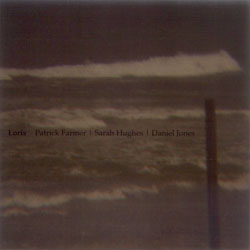
Electronics and natural objects with a common love for the E Bow from this electroacoustic improvising trio recording at Middlesex University in 2009.
Out of Stock
Quantity in Basket: None
Log In to use our Wish List
Shipping Weight: 6.00 units
Sample The Album:
Patrick Farmer-natural objects, E Bow snare, tapes, wood
Sarah Hughes-chorded zither, piano, E Bow
Daniel Jones-turntable, E Bow, piezo discs, electronics
Click an artist name above to see in-stock items for that artist.
Label: Another Timbre
Catalog ID: at21
Squidco Product Code: 12421
Format: CD
Condition: New
Released: 2009
Country: UK
Packaging: Jewel tray, not sealed.
Recorded by Patrick Farmer at Middlesex University 09.
Electronics and natural objects with a common love for the E Bow from the electroacoustic improvising trio recording at Middlesex University in 2009.
"Another Timbre Interview with Patrick Farmer on the release of 'The Cat from Cat Hill'"
First of all when and how did you get into experimental music?
For me all paths lead back to Tom Waits; he's just one of those intriguing figures you gravitate
towards. Waits obviously plays with a revolving cast of wonderful musicians, and for me the most
significant of said musicians would be Gino Robair. Gino's responsible for a large part of my early
'percussive' development through his album 'Singular Pleasures' . From there on I remember John
Zorn being quite a major figure as I was starting to investigate experimental music, and then of
course Richard Pinnell with his warmly received and copious recommendations. I'll still happily
listen to Waits and Robair, but I seem to have lost whatever drew me towards Zorn.
I love the disc 'apis mellifera' that you released on Kostis Kilimis' Organised Music from Thessaloniki label.
You use recordings of bees that you gently and beautifully transform in various ways. It's very effectively
achieved, but is a very simple, ecologically minimal idea. Is there an ecological aspect to your approach
to music?
I've slowly come to the realisation that everything I do resides under a biophilic roof. I very much dislike
the attitude that some people maintain as to artists being above any degree of responsibility except to
their own art, that they are above picking up after themselves and can live within an utterly selfish
manner because of the very fact that they are artists. It's all commonsense really, and is not, of course,
solely applicable to artists; it applies to anyone who is in a position to be able to consider things such as
this. Listening, looking, using any of the senses whether indoors or out, to me, is a series of constantly
humbling experiences, a neverending plateau of significance that instills in one a wonderful sense of
how insignificant we really are, and a realisation of the joy and significance that can arise from such
perceived insignificance. I've asked myself time and time again as to whether there is any ecological
purpose within what I do and I've never really come up with anything that is any way satisfactory, and
I think that is one of the main reasons why I keep working. I can't see myself ever coming up with an
answer.
Since 'apis mellifera' was released I've often had the good fortune to observe and record honeybees,
and after a few recording trips I found myself presented with quite a lot of diverse sound material, I did
think about perhaps letting my own ways of hearing the world come into play again and editing the
material down, chopping it up, etc. But after a lot of daydreaming I decided to just leave the material as
it was, chop off a little at the beginning and at the end and try and leave my interference to a minimum.
What I was left with were about eight excerpts of sound that I think represent what can be heard in a
hive much more honestly than any piece that I could have edited or processed myself. The range of
sounds these insects create is really quite staggering, which leads me to a very large factor in my
reasons for recording micro environments such as these, pure intrigue, a curiosity borne out of constant
questioning and a respect for the world around us, especially the world we can not see or hear.
I decided to put the recordings up on compost and height as the ethic of the site seemed in keeping with
my recording intentions.
Your activities as a musician seem to cover a wide range, from field recording to percussion through
electronics to the use of found objects and unconventional instruments. Is this diversity something you
consciously choose, or does it just happen?
The degree of similarity within varying approaches, techniques and so forth, the environments that dictate
most of what I record or collect, to whatever surface I may choose to utilise with whatever series of objects,
I believe to be all intrinsically linked. During my degree I realised how similar many of the drones that I try to
create with various drum heads are to a lot of the field recordings that I go out 'searching' for, and also the
techniques utilised in engaging them. I like to spend a lot of time walking and thinking about the dense
unification between the processes of finding materials for preparation, how my field recordings inform my
playing, and how the walks inform what objects I use. It's all so hypersensitive. When you're out location-
scouting you are given the chance to get to know an area, to survey it intimately, and the particular desire
or desires you approach a soundscape with can shape your evaluation of it. Viewing common elements of
life, such as a stretch of fencing or honeybees, in this way imbibes you with an altered perspective. Walking
throughout the day to find a particular area where the fence's sonority matches that of the wind power can
encompass you entirely. Such prolonged periods of observation and quiet inevitably create many questions
and lend themselves too much confusion, a great deal of which appears in my work, but it is a confusion I
am happy to accommodate.
Many contemporary music fans of my generation have gone through years of weighing up the pros and cons
of improvisation versus composed music. I get the impression that for you there is no 'versus' about it; you
seem happy and refreshingly open to working in improvised contexts and to perform scored pieces. Do you
have preferences either way? Is it an issue for you at all?
I have much more experience working in improvised contexts than I do with scored pieces, but I definitely
don't have a preference as that depicts some sort of hierarchy. Let's say that I lean towards a rhizomic train
of thought, a kind of fugue whereby these varying processes are all indubitably connected and branch off as
often as they return, the varying boughs bringing and taking with them various new experiences trying to
recapture the naïve amazement of initial observation, and the joy that new sounds can bring. Intermingled
within improvised and composed musics I also find a constant source of inspiration in literature. In recent
times there has been no larger influence on me than the writings of Philippe Jaccottet, Francis Ponge, Italo
Calvino, Andrei Platonov, Emile Zola, etc etc.
Are there any musicians or composers who you feel have particularly shaped your approach to music?
I feel that pretty much every musician I've had the good fortune to play with has altered me in some way or
another. I've been so lucky to play with people like Ryan Jewell, Jez riley French, Angharad Davies, Matt
Milton, Dominic Lash, etc etc, and knowing people like Lee Patterson, Jeph Jerman, Benedict Drew, Seymour
Wright, David Lacey, Michael Pisaro, Mark Wastell, I'm just some kind of quasi constant amorphous existent
that has simply imbibed all these joyous occurrences. Most of the people I have met through such music are
very warm, friendly and positive, microcosms of the music itself.
Can you tell us about the group Loris, and how the recording session that became 'The Cat from Cat Hill'
came about?
Originally I'd arranged with Dan Jones to record him solo at the university where I was studying at the time,
as he is woefully under-recorded for someone of such genuine ability. Then we also arranged to record a
few duo sets. I was talking to Sarah the night before the recording, saying how much I dislike having to
record whilst playing and monitoring everything at the same time, so she offered to come down and help
out. Events transpired and she, thankfully, brought her zither down to the studio. I can't really imagine the
recording without her presence; a lot of the soundworlds that Dan and I share are very similar, and having
Sarah there just threw our playing out the door and enabled us to treat the situation with a lot more clarity
and animation.
The title is a little nostalgic, as the campus we recorded in is called Cat Hill, and for the last two years in
university a cat was adopted by the university, a cat of ample proportions that would happily sit on top of
the bookshelves in the library and once, I believe, sat on Sarah's lap for about an hour.
You arrived in London with a whirlwind of energy and set up or got involved very quickly in lots of projects.
What did you make of the London scene, and is it going to be hard being away from the metropolis where,
for better or worse, the vast majority of experimental musicians in the uk live and work?
None of it was conscious at first, it just all seemed to happen. I can't remember my first gig at Cafe Oto,
which was pretty much where I played all of my London shows. I was touring a lot more then than I am
now and had made a lot of good friends through putting on shows in Nottingham, and when I moved down
obviously they were all playing in and around London at some point or another, so things just really took
off from there. I don't miss London, I love being in the country. I obviously miss the people there, but it's
just another way of looking at the same picture.
This does feel like an exciting time in contemporary music, with new figures emerging and new connections
being made betweendifferent 'schools' or groups of musicians and composers. You yourself are shortly going
to perform works by two of the Wandelweiser group of composers (Michael Pisaro and Manfred Werder) at
a concert in Bristol with the musicians from Loris plus Matt Davies and David Thomas. Is this at least one of
the directions that you see yourself moving in?
Reading over Manfred and Michael's text-based scores is a wonderful string of experiences in itself, regardless
of realising them in the public domain, and I think a lot of it comes down to the period before the recording or
the performance itself. A dominant aspect of field recording is the location scouting, the searching, standing
still, revisiting a location time and time again with varying intent, the thoughts that present themselves to you
and the thoughts you present yourself to, and I think a lot of what appeals to me about scores by people like
Manfred and Michael is just that: the time spent beforehand, the consideration and the varying moments spent
in their presence.
As well as making music you (together with Sarah Hughes) run the remarkable Compost and Height label /
Website (http://compostandheight.blogspot.com/). You seem to have a commendably open policy in terms
of accepting material on the website from a wide variety of musicians. Do you seek out submissions, or
simply take things that are sent to you? Do you have clear criteria for taking material, and are there things
that fall within the general area of experimental music that you wouldn't put on the website?
Both Sarah and I used to put on shows, in Sheffield and in Nottingham, and when we moved to London we
wanted to carry on doing something but we didn't really want to carry on promoting, so we came up with
the idea for the label. It developed a lot quicker than we thought. I remember us looking through the 'Logic
of Sense' by Deleuze and trying to come up with a name for the label, developing some kind of environ-
mentally aware manifesto that we could work from, and then simply asking a few people whom we both
admired to send us some of their work. From then on the response has been really overwhelming. So many people have helped us get the label off the ground, and so many people continue to introduce themselves to us through their wonderful work. We haven't really sought out a submission for a while now, although one thing we would love to do, and have wanted to do since the label's conception, is be host to more writing! As in keeping with the ethos of the label, the content of the writing would be very open, but we are certainly after a more, shall we say, conscientious, consilient, approach to a work...
Having said all that, the best thing for us about the label has been getting to know people like Ben Owen and Adam Sonderberg through their submissions, and then the friendships that develop from that point. Friendships that probably wouldn't have existed if it were not for the label. That's really a wonderful thing."
Email interview conducted by Simon Reynell, November 2009

The Squid's Ear!
Artist Biographies
• Show Bio for Patrick Farmer "Patrick Farmer (b.1983) is a musician and sound artist working within improvisation and composition. Commonly referred to as a percussionist, Farmer will often enlist the help of a drum or turntable to act as a resonator for natural materials or filtering field recordings. He has performed throughout Europe and America, including concerts at the ICA, Stockholm National Gallery, and The Radiator Festival. He has recently spent time as artist in residence at Q-O2 in Belgium and MOKS in Estonia, with a forthcoming residency at Soundfjord, London." ^ Hide Bio for Patrick Farmer • Show Bio for Sarah Hughes "Sarah Hughes is a London-based improviser playing the chorded zither, piano and e-bow. she is part of the Loris ensemble." ^ Hide Bio for Sarah Hughes
10/20/2025
Have a better biography or biography source? Please Contact Us so that we can update this biography.
Have a better biography or biography source? Please Contact Us so that we can update this biography.
Track Listing:
1. A Heron and a Terrapin 18:29
2. Sophie 15:23
3. Newts under concrete 11:14
Improvised Music
Electro-Acoustic
Electro-Acoustic Improv
European Improv, Free Jazz & Related
London & UK Improv & Related Scenes
Free Improvisation
Turntablists
Trio Recordings
Objects and Home-made Instruments
Search for other titles on the label:
Another Timbre.



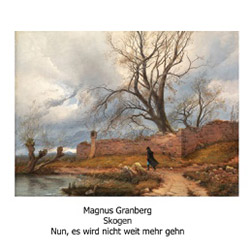
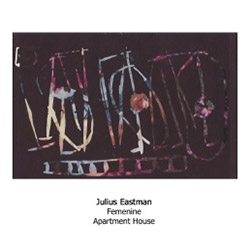









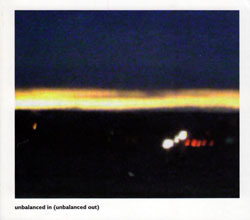
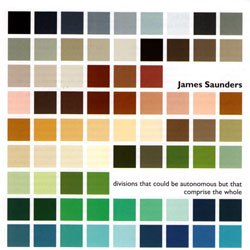
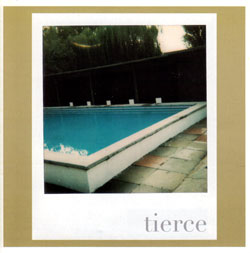
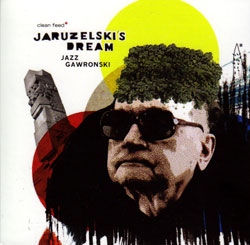
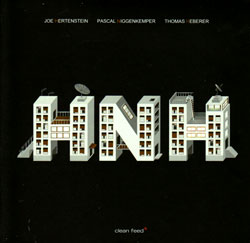
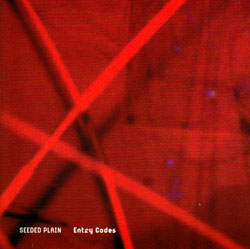
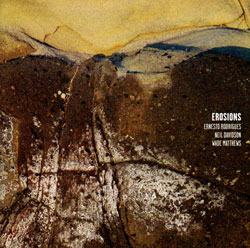
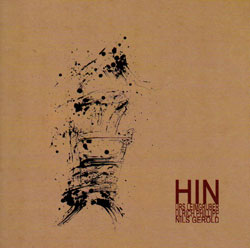
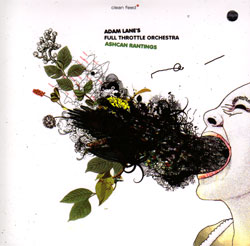
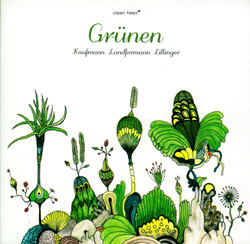
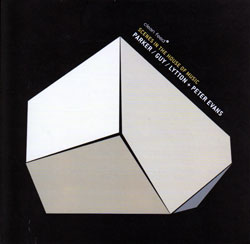
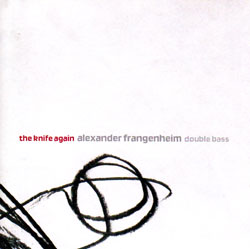
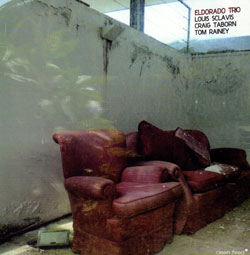

![Halls Of the Machine: All Tribal Dignitaries [CASSETTE w/ DOWNLOAD]](https://www.teuthida.com/productImages/misc4/36134.jpg)

![Singh, Laura Ann Quintet (w / Clark / Hopkins / Lilley / Miller): Mean Reds [VINYL]](https://www.teuthida.com/productImages/misc4/36761.jpg)

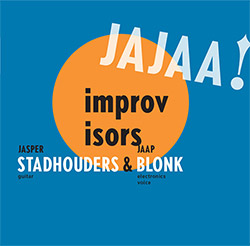
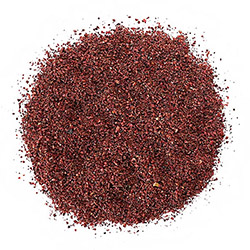
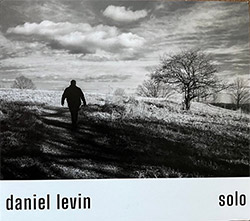
![Gate, The : Amost Live [CASSETTE + MAGAZINE]](https://www.teuthida.com/productImages/misc4/36836.jpg)




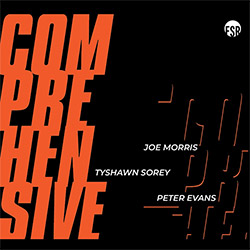
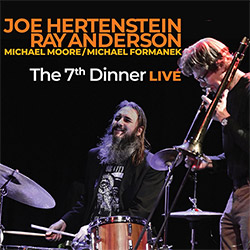
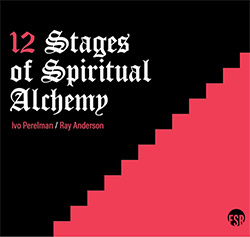


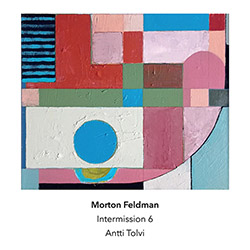
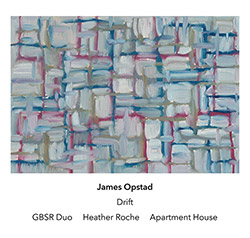
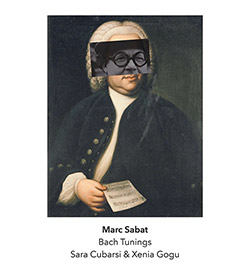
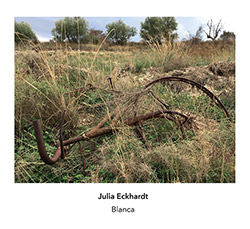
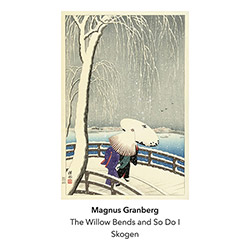

![Necks, The: Disquiet [3 CDs]](https://www.teuthida.com/productImages/misc4/36735.jpg)
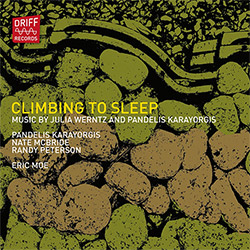
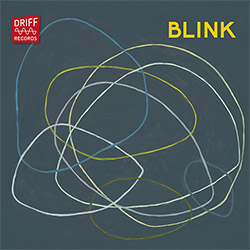
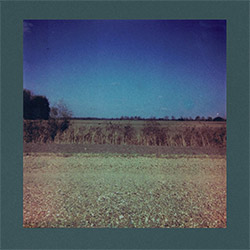
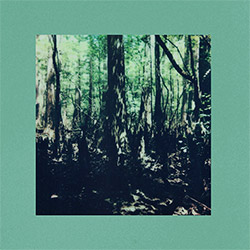
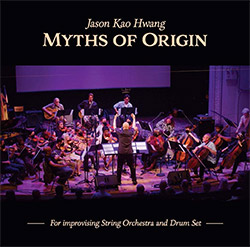
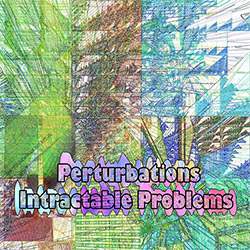

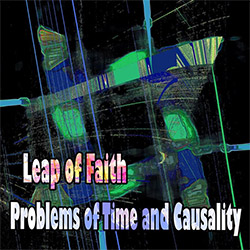
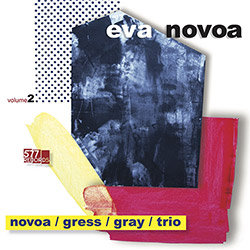
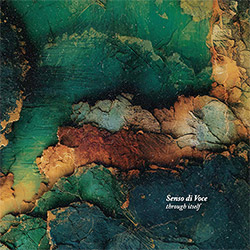
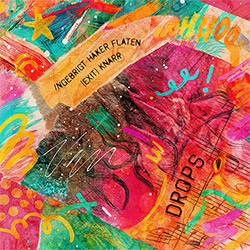
![Haker Flaten, Ingebrigt (Exit) Knarr: Drops [VINYL]](https://www.teuthida.com/productImages/misc4/36809.jpg)
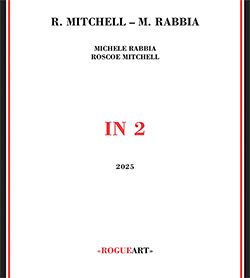
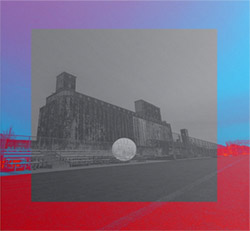
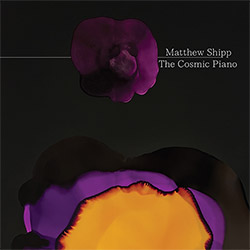




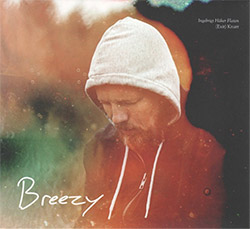
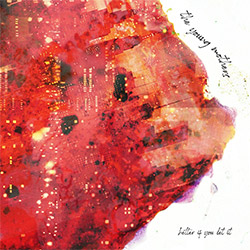
![Young Mothers, The (Haker-Flaten / Rosaly / Taylor / Jackson / Gonzalez / Horne): Better If You Let It [VINYL]](https://www.teuthida.com/productImages/misc4/36806.jpg)


![Doneda, Michel / Frederic Blondy: Points Of Convergences [2 CDs]](https://www.teuthida.com/productImages/misc4/36749.jpg)
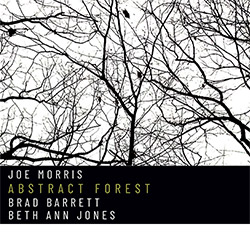


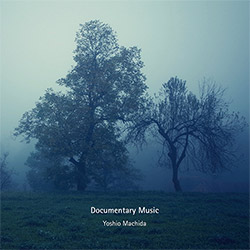
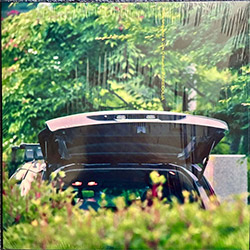
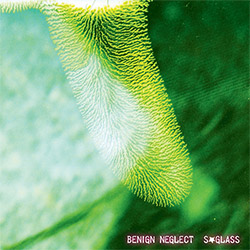
![A Magic Whistle: The Solar Cell [VINYL]](https://www.teuthida.com/productImages/misc4/36658.jpg)

![McGee, Hal: Columbus Expedition [Cassette w/ Download]](https://www.teuthida.com/productImages/misc4/36650.jpg)
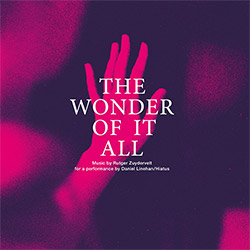

![Jaeger, Kassel: Fernweh [VINYL 2 LPs]](https://www.teuthida.com/productImages/misc4/36541.jpg)
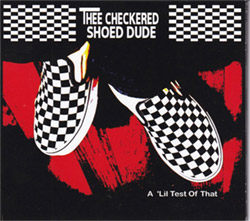




![+DOG+: The Light Of Our Lives [2 CDs]](https://www.teuthida.com/productImages/misc4/36009.jpg)


![Eternities: Rides Again [CASSETTE]](https://www.teuthida.com/productImages/misc4/36247.jpg)

![Lopez, Francisco: Untitled (2021-2022) [2 CDs]](https://www.teuthida.com/productImages/misc4/36438.jpg)


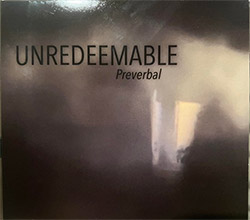
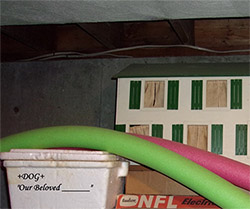
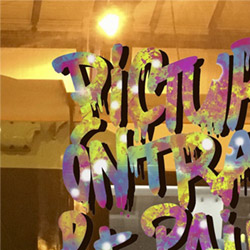

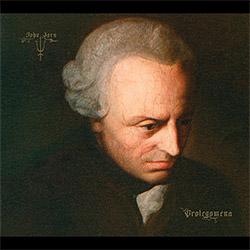
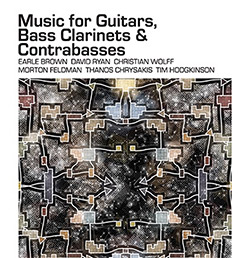

![Musicworks Magazine: #151 Summer 25 [MAGAZINE + CD]](https://www.teuthida.com/productImages/misc4/36559.jpg)

![Brown, Dan / Dan Reynolds: Live At The Grange Hall [unauthorized][CASSETTE]](https://www.teuthida.com/productImages/misc4/36245.jpg)



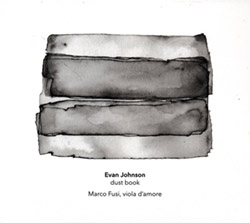


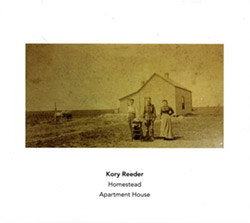
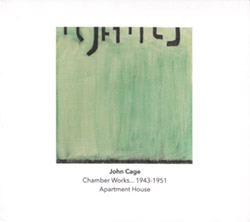
![Palestine, Charlemagne / Seppe Gebruers: Beyondddddd The Notessssss [VINYL]](https://www.teuthida.com/productImages/misc4/36206.jpg)
![Palestine, Charlemagne / Seppe Gebruers: Beyondddddd The Notessssss [NEON GREEN VINYL]](https://www.teuthida.com/productImages/misc4/36207.jpg)

![Laubrock, Ingrid: Purposing The Air [2 CDs]](https://www.teuthida.com/productImages/misc4/35639.jpg)
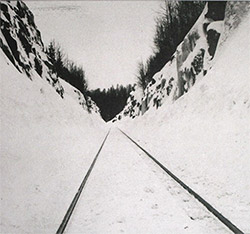
![Yoko, Ono / The Great Learning Orchestra: Selected Recordings From Grapefruit [2 CDs]](https://www.teuthida.com/productImages/misc4/35841.jpg)





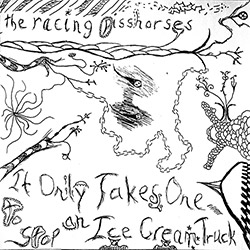
![Koenjihyakkei: Live at Club Goodman [2 CDs]](https://www.teuthida.com/productImages/misc4/36111.jpg)

![Sorry For Laughing (G. Whitlow / M. Bates / Dave-Id / E. Ka-Spel): Rain Flowers [2 CDS]](https://www.teuthida.com/productImages/misc4/35985.jpg)

![Rolando, Tommaso / Andy Moor : Biscotti [CASSETTE w/ DOWNLOADS]](https://www.teuthida.com/productImages/misc4/36106.jpg)


![Electric Bird Noise / Derek Roddy: 8-10-22 [CD EP]](https://www.teuthida.com/productImages/misc4/35970.jpg)








![Elephant9 : Mythical River [VINYL]](https://www.teuthida.com/productImages/misc4/34624.jpg)



![Elephant9 with Terje Rypdal: Catching Fire [VINYL 2 LPs]](https://www.teuthida.com/productImages/misc4/35355.jpg)
![Deerlady (Obomsawin, Mali / Magdalena Abrego): Greatest Hits [VINYL]](https://www.teuthida.com/productImages/misc4/34876.jpg)




![Coley, Byron: Dating Tips for Touring Bands [VINYL]](https://www.teuthida.com/productImages/misc4/17906.jpg)

![Lost Kisses: My Life is Sad & Funny [DVD]](https://www.teuthida.com/productImages/misc4/lostKissesDVD.jpg)